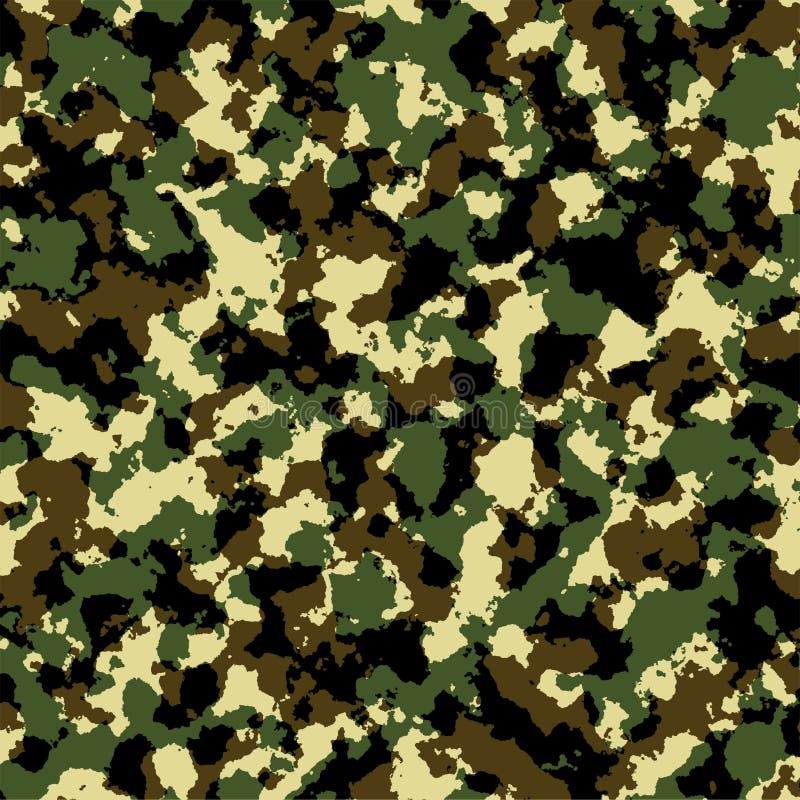
Wilkinson opined that while it was obviously impossible to “hide” a warship, disruptive camouflage could still stymie the enemy. British artist and naval officer Norman Wilkinson, like others, was concerned about the devastating success of U-boat attacks on military and merchant ships.įrom March to December 1917, Covert said, German U-boats sank 925 British ships. The dazzle ships were an early and dramatic application. It was an amazing convergence of nature and art and war, and the camofluers just ran with it,” Covert said. Cubism was happening and influencing everything. “When the sun hits their backs and the darkness hits the underbelly the animals become flat and blend in by counterbalancing shadows.” Dazzle, or disruptive camouflage, is all about confusion. “Thayer noticed that some animals have dark backs and white underbellies,” she said. Thayer observed two ways that animals camouflage themselves in the wild: blend and dazzle.Ĭountershading - also known as Thayer’s Law - is part of blending camouflage, Covert said. “Thayer is considered the father of modern camouflage,” Covert said. In 1909, Thayer wrote the groundbreaking “Concealing Coloration in the Animal Kingdom.” His findings were leveraged for military purposes. The camofluers also applied the work of artist and naturalist Abbott Thayer. “They were decoying logs so that snipers could lie in them, or painting decorative sheets of canvas to look like roads.” The “camofluers” - as the artists developing camouflage were called - “were disguising objects and creating fake things, false things,” Covert said. “Initially, it was all about concealing equipment, like cannons.” “It was not a uniform thing, at first,” Covert said. All three enlisted the creative talents of renowned painters, sculptors and designers. created the American Camouflage Corps in 1917, Covert said. The British soon followed in 1916, and the U.S. The French military first adopted camouflage in 1915. Covert, a librarian and expert on the history of military camouflage at the Rhode Island School of Design in Providence, R.I. “It wasn’t until the late 1800s that the concept of camouflage, as we now know it, really took off,” said Claudia T. The result: “dazzle” camouflage paint schemes that are not only credited with saving ships and sailors but sparking a scientific and artistic culture of camouflage. were more interested in how cubist concepts and other artistic forms could help allied ships avoid German U-boat attacks during World War I. Military planners in France, Britain and the U.S. Painters Pablo Picasso and Georges Braque were breaking up and reassembling objects in abstract forms to force people to consider their subjects in a deeper context. Modern military camouflage has its roots in the avant-garde cubist art movements of the early 20th century.

When warriors consider the art of war, it’s usually ancient Chinese general Sun Tzu - not Picasso - whose work comes to mind.īut we have the cubist colossus and other like-minded artists, naturalists and scientists to thank when it comes to the art of military camouflage.


 0 kommentar(er)
0 kommentar(er)
